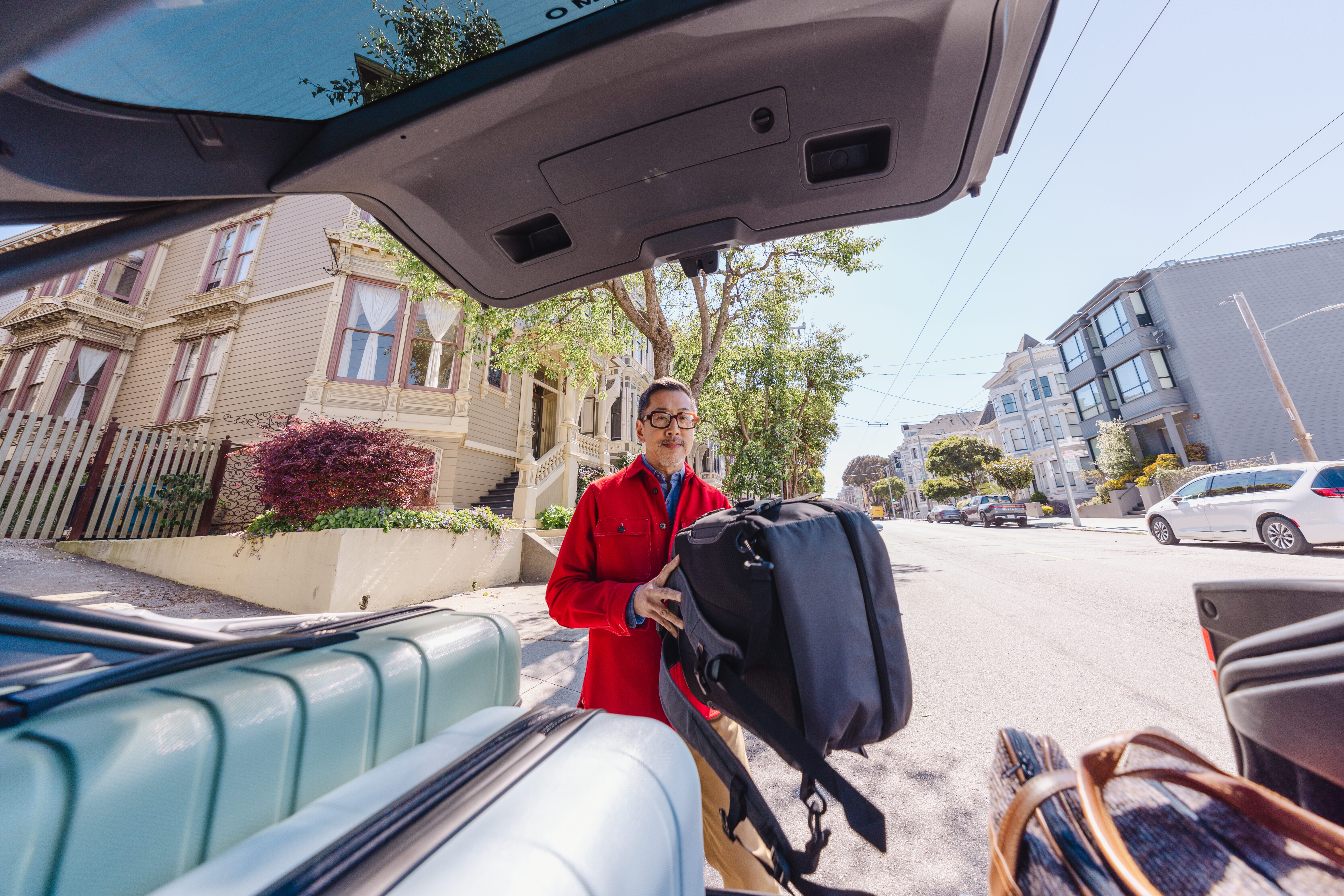A Waymo One rider loading the trunk of a Waymo Jaguar I-PACE . (Source: Waymo)
Waymo receives CPUC approval to expand its driverless taxi services into San Jose and the broader Bay Area, signaling a new phase in autonomous transportation.
SAN FRANCISCO – A new era in urban mobility is set to unfold across the San Francisco Peninsula as Waymo, the self-driving vehicle division of Alphabet Inc., has received regulatory approval to expand its robotaxi operations into the South Bay—including the bustling city of San Jose.
The California Public Utilities Commission (CPUC) granted the go-ahead following a review of Waymo’s comprehensive safety deployment plan, which received public backing from 23 community and transportation stakeholders and drew no formal opposition.
This milestone follows months of testing and pilot deployments that have already made Waymo a visible, if still novel, presence on San Francisco streets. With this latest approval, the company is cleared to offer fully autonomous rides in more Bay Area communities, though Waymo emphasized that expansion into these newly approved zones will be “gradual and measured.”
No Driver, No Problem?
The CPUC’s decision marks a significant regulatory turning point not only for Waymo but for the broader adoption of autonomous vehicles (AVs) in California. San Jose, a city synonymous with innovation, has embraced the move.
“For decades, our region has shaped the future—and now, the ride to work is as forward-thinking as the breakthroughs happening at the office,” said San Jose Mayor Matt Mahan in a statement welcoming the CPUC’s approval.
Currently, Waymo operates over 1,500 autonomous vehicles across San Francisco, Los Angeles, Phoenix, and Austin. It reports giving more than 250,000 rides per week using its driverless fleet—many of them under a ride-hailing model akin to Uber or Lyft, but with no human driver at the wheel.
A Measured Rollout
Despite the expanded approval, Waymo has made clear that it will not rush into new markets overnight. A company spokesperson stated that there is “no timeline yet” for when service will officially begin in San Jose, as each new deployment must align with internal safety assessments, operational logistics, and community feedback.
This approach reflects Waymo’s cautious yet confident strategy for growth, especially after earlier rollouts faced both acclaim and skepticism. Some residents and city officials have praised the potential for cleaner, safer transportation. Others have raised concerns about robotaxi interference with emergency vehicles and public transit routes.
Safety at the Core
Public trust remains a key hurdle for autonomous vehicle adoption. Earlier this year, Waymo issued a voluntary software update recall affecting over 1,200 of its vehicles, citing a risk of minor collisions involving traffic cones and median barriers. No injuries were reported.
To bolster its case, Waymo released internal safety data suggesting its AVs are 96% less likely to cause vehicle-to-vehicle crashes at intersections compared to human drivers. While these figures have not been independently peer-reviewed, they reflect the company’s argument that automation reduces human error—the root cause of most traffic accidents.
What It Means for the Bay Area
The implications of Waymo’s South Bay expansion could be far-reaching. Advocates say autonomous ride-hailing may help reduce car ownership, ease traffic congestion, and provide more accessible transport options for seniors and persons with disabilities. Environmentalists note that electric-powered robotaxis could also cut greenhouse gas emissions if widely adopted.
However, critics caution that technological advances must be matched with transparent oversight. Labor advocates warn of potential job losses in the transportation sector, while others urge greater community input to ensure equity in AV deployment.







